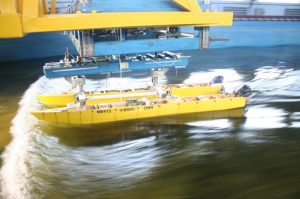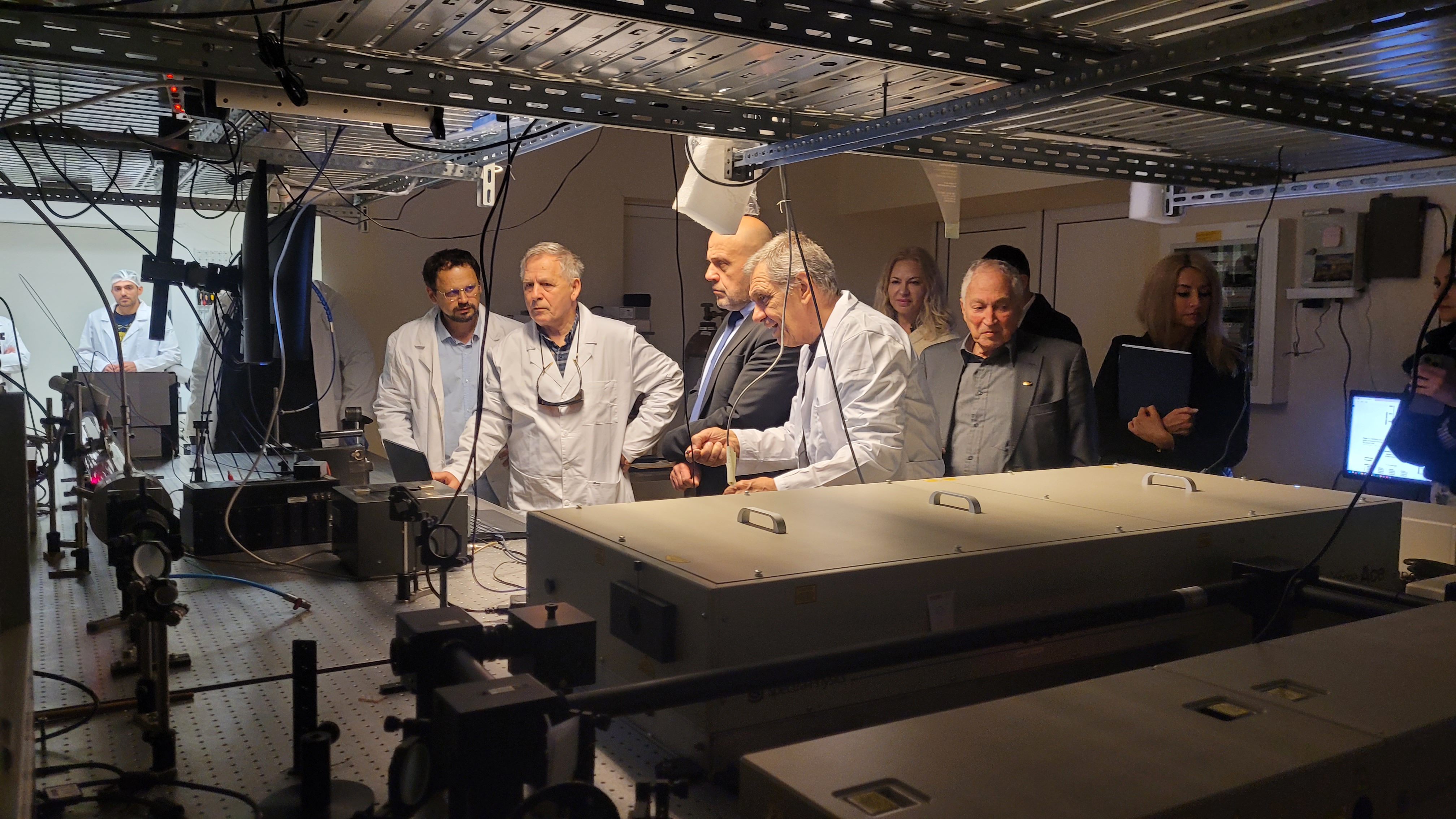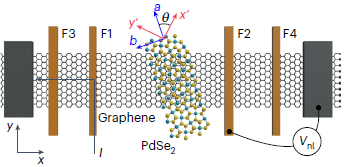
Three unique natural energy conversion technologies are being developed by scientists at the Centre for Hydro and Aerodynamics at the Institute of Metal Science, Equipment and Technologies of BAS. The developments are the result of research aimed at efficient use of the vast natural resource and decarbonisation of maritime transport.
The aim of the technology is to use passive methods of auxiliary propulsion that will significantly lower fuel costs and harmful emissions of ships with conventional internal combustion engines.
The basic idea is to use the wave energy contributed by the ship’s vertical oscillations during wave motion to generate auxiliary propulsion and/or electrical power.
Using wave energy to generate electricity is not a new idea. The innovation of this development lies in the fact that instead of building new specialised floating structures to generate power, the technology can be used on conventional ships which will facilitate its application. Scientists propose using a pump-type solution to directly convert the thousands of tons of inertial forces generated by the vertical oscillations of the ship into horizontal propulsion force. This approach would save the loss of converting the mechanical energy of the rocking into electricity, and then back into mechanical propulsion energy. The Bulgarian scientists’ solution does not involve any movable or protruding structures outside the hull, making it easier to design, build and maintain it. The idea is to use curved and open seaward compartments of the ship, built into the ends of the hull, to divert the amount of water collected by the vertical oscillations of the compartment into a horizontal direction. This generates horizontal forces similar to the forces created by water in the curves of water pipes. The difference here is that a large mass of water oscillates inside the “curve” due to the wave motions of the ship. Analysis of the simplified “curve”, validated by experiments, gives hope that a compartment with about 3% of the ship’s underwater volume (water displacement), can create propulsive forces compensating for the added drag of wave motion. This would save a significant amount of energy, as the added drag sometimes reaches over 50% of the ship’s drag in still water.
New energy converters from rivers and ocean currents
Spatial structures composed of elongated elements exposed to ocean and river currents induce flow eddies and alternating vortex shedding, which in turn create an oscillating transverse force. Until now, this phenomenon (often referred to as ‘flutter’) was considered undesirable and measures were taken to suppress or eliminate it. The new idea is to use the effect to induce forced vibrations of cylindrical elements with elastic suspension. The energy of these vibrations can be used efficiently since significant vibration amplitudes can be achieved even at low flow speeds. This allows energy to be extracted without the need for significant investment and makes the method more environmentally friendly than the standard technology used in hydroelectric power plants. The energy concentration is similar or even better than that of competing renewable energy sources from currents, waves and wind.
A patented development of the University of Michigan shows that the vibrations of a group of cylinders immersed in a flow can be effectively harnessed for power generation. The development assumes that under the influence of the flow the cylinders move independently of each other. The Bulgarian scientists propose a new method to significantly increase (10%-20%) the efficiency by introducing elastic bonds between adjacent cylinders. In the method, the cylinders no longer move independently. The aim is to use the vibrations of one cylinder to amplify the vibrations of other cylinders by introducing random “instabilities” in the elasticity of the system.
Quantum propulsion
Innovative quantum technologies are being developed rapidly in the fields of communications, computing and sensors. The project by scientists at the Centre for Hydro and Aerodynamics aims to extend the application of quantum technology in the field of propulsion. Quantum propulsion is envisioned to work in all environments – water, air and vacuum. It relies on the unique nitrogen inversion of ammonia (NH3), a phenomenon that has been used in the past in the first atomic clocks (1949) and masers (1953). Nitrogen inversion is a quantum tunneling process in which gaseous NH3 molecules spontaneously change shape billions of times per second. A compact container filled with ammonia can contain 1020 such molecular “pistons”. Furthermore, NH3 molecules are polar and can be organized using external electric fields and/or lasers even at room temperatures. The duty cycles of each molecular piston would be as follows: orientation-inversion-orientation-inversion… Scientists would orient the quantum tunneling transitions of the relatively heavy nitrogen atom in NH3 in a direction of their choice. The oriented “pistons” would affect molecular collisions, creating dynamic pressure differences along the container walls, and a corresponding driving force at the macro level. Recent experiments with ammonia in an electric field demonstrate the concept with slow translational and rotational motion of a 1 kg container.
A new three-year project will optimize quantum propulsion and evaluate its performance by applying alternative laser resonance and non-resonance approaches to the orientation of ammonia molecules. Within the project, Bulgarian scientists will work together with partners from the University College London (UCL) and laser institutes in Hungary and Switzerland. Optimal theoretical solutions are expected to be validated in laboratory conditions. Finally, a pilot demo test will be conducted with a scaled model of a ship such as those usually used for designing conventional propulsion.





